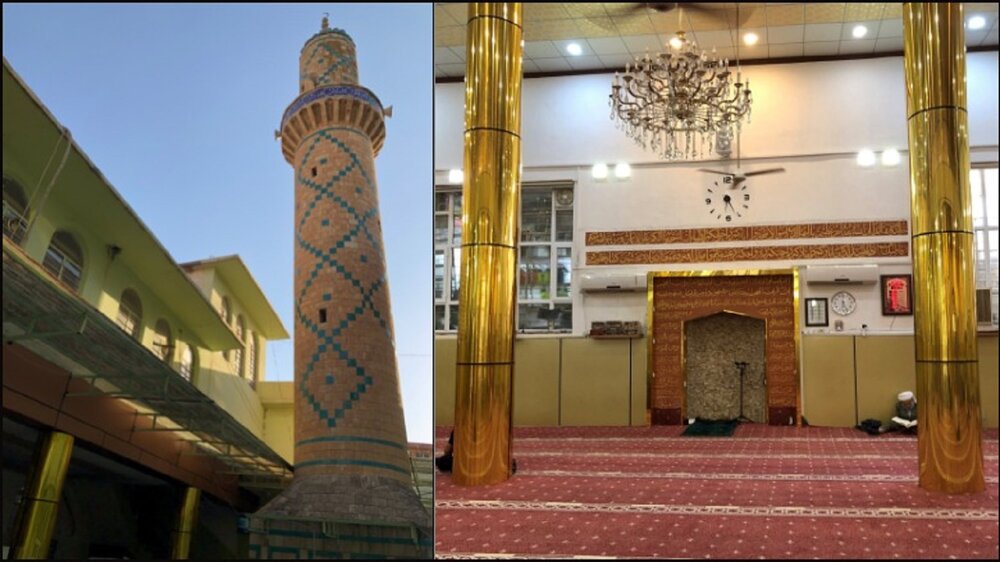Hawzah News Agency –A 338-year-old mosque in city of Duhok is still standing after educating thousands of students throughout the years.
Duhok’s Great Mosque, is not only a symbol of culture and Islamic history in the city and the rest of Kurdistan Region, but also an active place of learning for many years.
With its characteristic minaret rising out of the center of Duhok’s main bazaar, when filled it can fit up to 800 worshippers.
Duhok’s Great Mosque opened its doors in 1684 (year 1095 in the Islamic Hijri calendar) soon after its construction, with the west side of the structure being dedicated to education. There, students were taught traditional Islamic teachings by local Imams as well as others from Turkey, Syria, and Iran.
In previous centuries, religious buildings in places like Duhok served not only as holy places for worship, but were also the equivalent to schools, formally graduating many students.
Duhok historian Hersh Kamal told Kurdistan 24 that the mosque was originally funded by Abubakir Khwaja Muhammed, a philanthropist from nearby Amedi. It was later renovated in 1971, with another small scale renovation taking place in 2014.
Multiple old manuscripts that were created at the mosque over the years remain there still.
“Almaqsad fi Alqiraat” is example of one that was written both at and about the historic building by Mohammed Ahmed Duhoki. He completed it in 1699, just a few years after construction of the mosque had been completed.
A book of Muhammed Hamza Alfanari is another work originating at the mosque, with a handwritten copy by Ahmad Mullah Ali Bajrori, dating back to 1725.
According to Hersh Kamal, another expert regarding the mosque, there are several other surviving manuscripts that have ended up in libraries in Mosul and Baghdad libraries, although he thinks they should be returned to their places of origin.
Imam Muhammed Kovli, the mosque’s imam since 1982, said that the local institution accepted students up until the 1970s, when the modern conception of schooling changed and the learning programs were discontinued.
Although it no longer educates students as it did before, Kovli said he teaches roughly a dozen students at a time who wish to enroll, among other reasons, for keeping the tradition alive.
He went on to explain that, at the time of its construction, the mosque was surrounded by 45 Kurdish Muslim families and several Christian and Jewish households as well. Now, the mosque is surrounded by the bazaar.
Duhok’s Great Mosque was a well-known center of knowledge in the Bahdinan region and has educated many generations, so we try to preserve it as best we can,” he concluded.


Your Comment